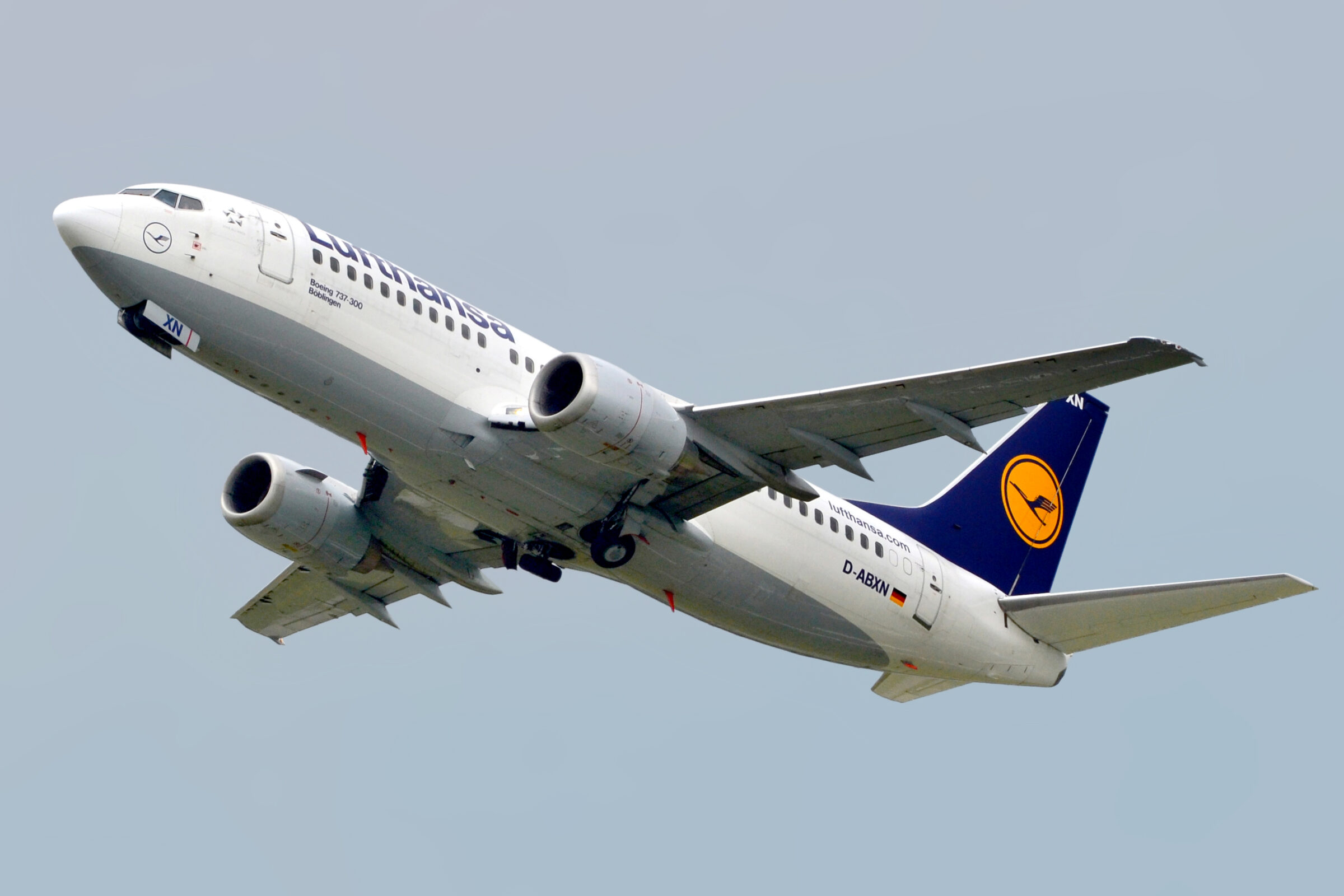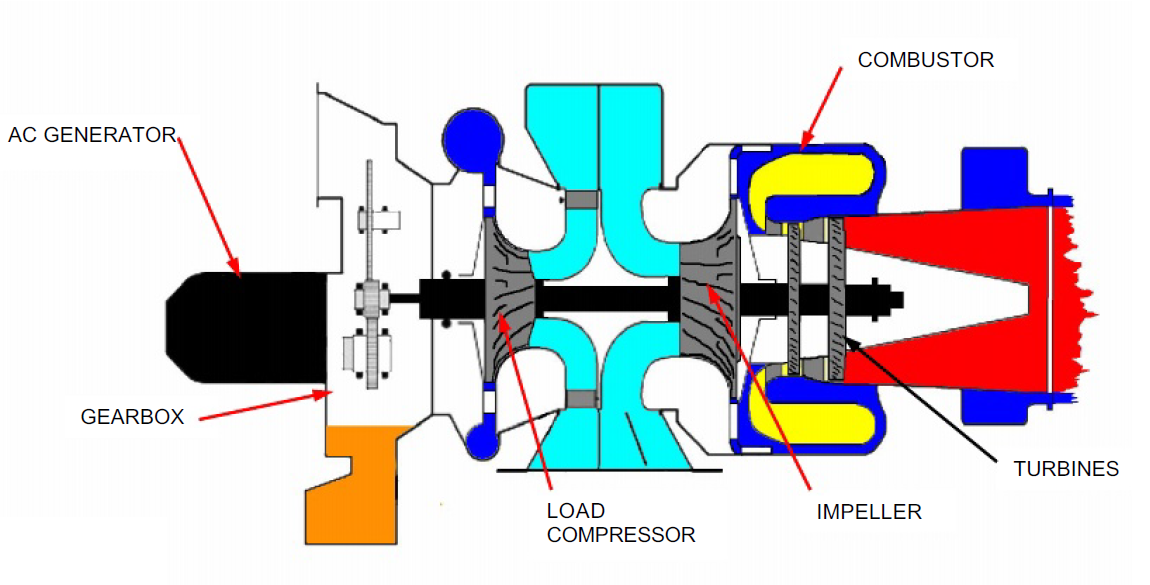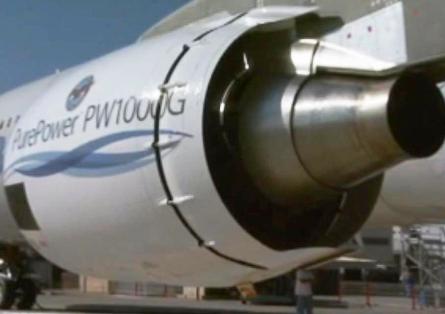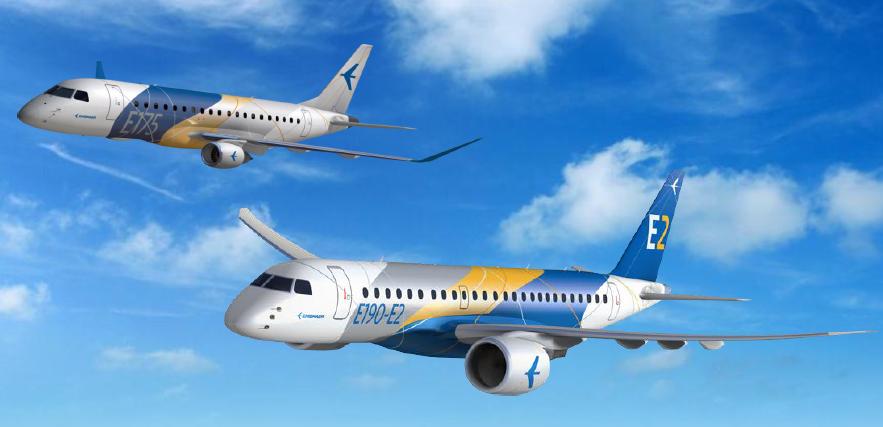Leeham News and Analysis
There's more to real news than a news release.
Engine Development. Part 6. High Bypass goes mainstream
Subscription Required
By Bjorn Fehrm
Introduction
September 22, 2022, © Leeham News: With the introduction of the High Bypass engine for the Boeing 747, Douglas DC-10, and Lockheed Tristar, it was obvious Pratt & Whitney’s low bypass engines on the Boeing 707, 727, 737, and Douglas DC-8, -9 should be attacked with a new High Bypass engine in this thrust class.
French Snecma and GE teamed up to break Pratt & Whitney’s monopoly of the jet engine market outside the widebodies. The CFM56 was born.
Summary
- With an exclusive fit on the Boeing 737 and a 10-year introduction advantage on the A320, the CFM56 has dominated over the competing IAE V2500.
- The CFM56 is the world’s most produced jet engine, with over 32,000 engines produced to date.
Bjorn’s Corner: The challenges of hydrogen. Part 26. Auxiliary power
February 26, 2021, ©. Leeham News: Last week we discussed auxiliary power generation for a hydrogen aircraft and found that a fuel cell system had many attractions.
However, it’s more challenging to develop than a hydrogen-converted APU, and we were asked to work through this case as well.
Collins Aerospace faces new merger before previous one is fully integrated
July 16, 2019, © Leeham News: Ajay Agrawal, the president of Collins Aerospace’s aftermarket services, wasn’t done integrating the 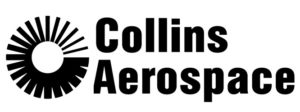 merger between United Technologies and Rockwell Collins.
merger between United Technologies and Rockwell Collins.
He now faces a new integration with the planned merger between United Technologies (Collins’ parent) and Raytheon. The new company will be called Raytheon Technologies. There’s little he can do until the merger is approved by regulators, except plan internally how to integrate and expand the aftermarket business.
Pontifications: Doubts continue over Boeing NMA launch
March 4, 2019, © Leeham News: Another week, another NMA story.
For an airplane that doesn’t exist, the prospective Boeing NMA continues to dominate much of the aerospace news.
Last week’s announcement by Rolls-Royce that it withdrew—in December, as it turns out—from the competition to power the NMA prompted a flurry of stories in aerospace media, including LNA.
Some stories suggested RR’s withdrawal meant Boeing was getting closer to launching the airplane.
Boeing, in January, said Authority to Offer might come this year and program launch had moved from 2019 to 2020.
Two prominent consultants predicted at the Pacific Northwest Aerospace Alliance conference last month the odds were 60-40 or 65-35 Boeing would proceed.
Maybe, but I have to tell you that conversations I had last week in the wake of the Rolls announcement are not encouraging.
UTC-Collins merger creates super-supplier
Subscriptions Required
By Bryan Corliss
Jan. 28, 2019, © Leeham News: You might have missed it over the holidays, but something happened about the time you polished off the last of your Thanksgiving leftovers that just might have changed the balance of power between the major players in our industry.
That something was the closing of the merger between United Technologies Corp. and Rockwell Collins.
The deal, which formally closed on Nov. 26, created a new super-supplier that rivals Boeing’s Commercial Airplane division in size, outstrips it in terms of profitability and has the potential to upset the multi-tiered supply chain pyramid the industry has grown used to over the past few decades.
Additive manufacturing: Huge potential, big barriers
Subscription Required
Introduction
Part 1 appears here.
By Dan Catchpole
August 27, 2018, © Leeham News: For all its potential, additive manufacturing faces significant hurdles before it can deliver on advocates’ assertions that the technology will revolutionize the aerospace industry.
 United Technologies is counting on additive manufacturing, often called 3D printing, to help it develop and produce new components faster, better and cheaper. Paula Hay is leading the expansion of additive manufacturing at United Technologies Aerospace Systems (UTAS). In part two to last week’s interview with Hay, LNC talks to her about what problems have to be solved for additive manufacturing (AM) to make good on its potential.
United Technologies is counting on additive manufacturing, often called 3D printing, to help it develop and produce new components faster, better and cheaper. Paula Hay is leading the expansion of additive manufacturing at United Technologies Aerospace Systems (UTAS). In part two to last week’s interview with Hay, LNC talks to her about what problems have to be solved for additive manufacturing (AM) to make good on its potential.
Summary
- Need more consistent materials and equipment.
- OEMs and regulators have to develop AM standards.
- Design culture has to evolve to reflect AM capabilities.
UTC Aerospace Systems sees big benefits from additive manufacturing
Subscription Required
Introduction
By Dan Catchpole
August 20, 2018, © Leeham News: There is a fundamental tension in aerospace’s DNA.

UTC Aerospace Systems’ executive Paula Hay is leading the aerospace supplier’s adoption of additive manufacturing. (Image via LinkedIn)
It has been there since Kitty Hawk: Balancing the hunger to push technological boundaries with the desire to stay safe.
The Wright Flyer only flew after years of painstakingly testing airframes and engines. That tension between being bold and being safe is evident today in commercial aerospace’s adoption of additive manufacturing.
Just about every major player in the aerospace industry is exploring additive manufacturing, or 3D printing. Most of the integration has been at the margins. The technology is still young enough that there is no clear leader in its application to aerospace. Everyone is trying to find how to get the most from it.
Summary
- Begin with mechanical, not structural systems.
- Big parts reductions.
- Big reduction in lead time.
Some suppliers consider sitting out Boeing’s NMA program
By Dan Catchpole
August 15, 2018, © Leeham News: If Boeing launches its New Midsize Airplane (NMA or 797), it is expected to use the cleansheet program to force new contract terms on suppliers. And that has some suppliers wondering if it is worth participating in the program at all.
Speaking on background, executives from several suppliers told LNC in recent months that they might not bid on NMA work if it means greater price concessions up front, as well as surrendering lucrative aftermarket sales to Boeing.
Bidding will depend, in part, on whether suppliers can pass cost cuts down to their own suppliers, and if Boeing takes on more risk and development costs to offset lost aftermarket revenue. One exec wondered what it could mean for the company’s engineering capabilities if they have to bid for essentially procurement orders with Boeing holding onto the IP.
Farnborough: United Technologies goes digital
By Bjorn Fehrm
July 18, 2018, © Leeham News.: United Technologies (UTC) Chairman and CEO Greg Hays said in a Farnborough presentation: “UTC’s focus is a digital lifecycle for all its products.”
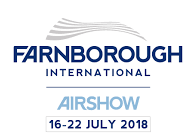 “We need to get a digital uninterrupted chain from the idea over development to production and then for the after-sales service. This is the only way we can achieve the increases in development and production efficiency expected of us going forward,” said Hays.
“We need to get a digital uninterrupted chain from the idea over development to production and then for the after-sales service. This is the only way we can achieve the increases in development and production efficiency expected of us going forward,” said Hays.


